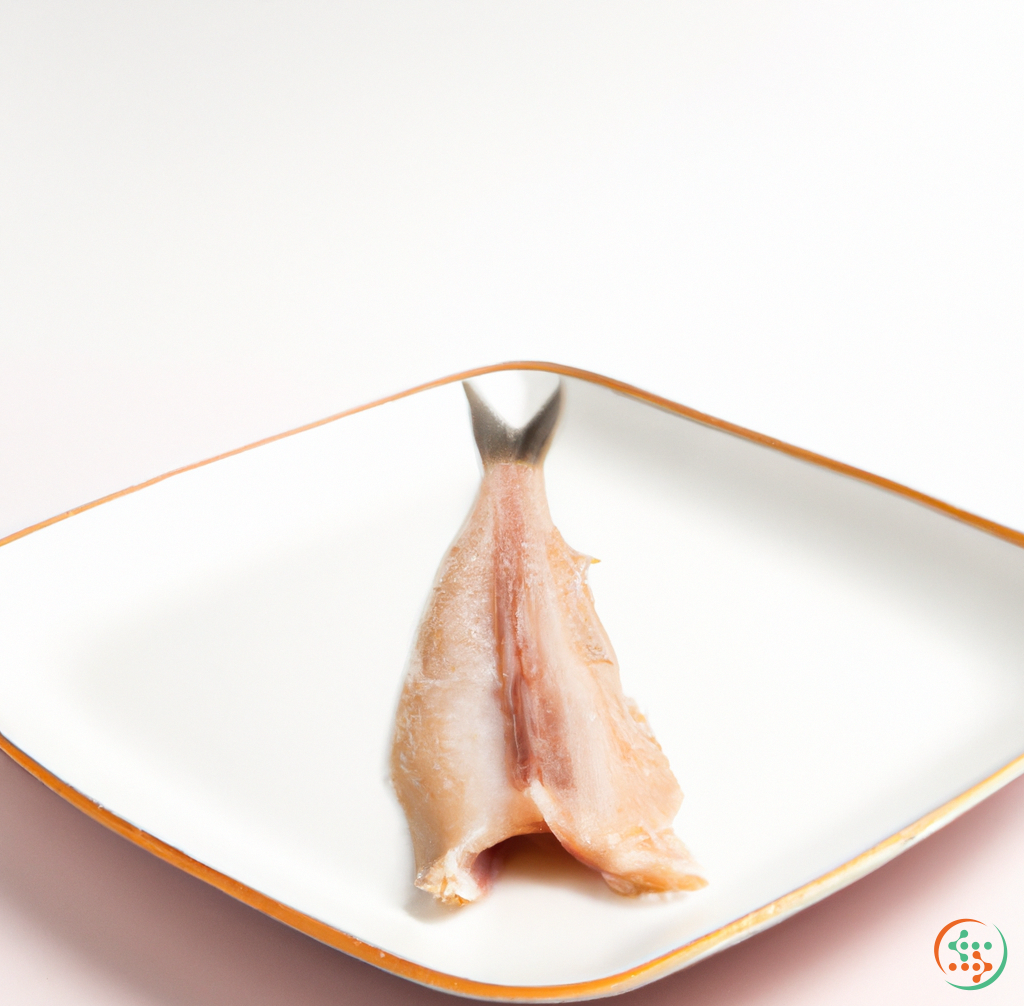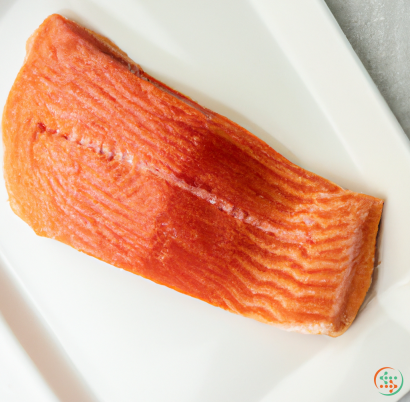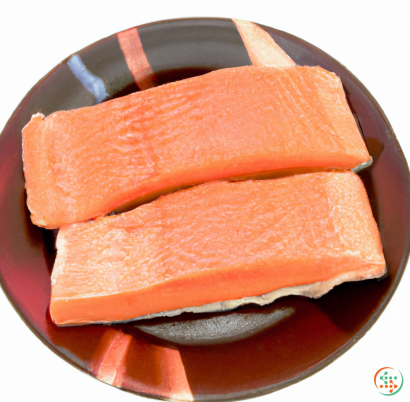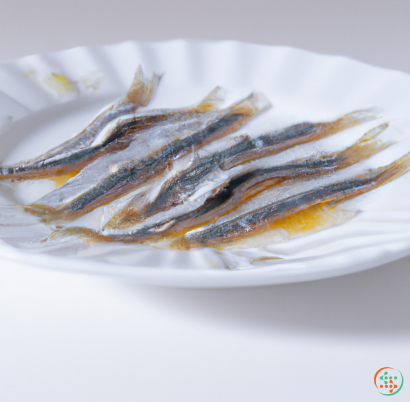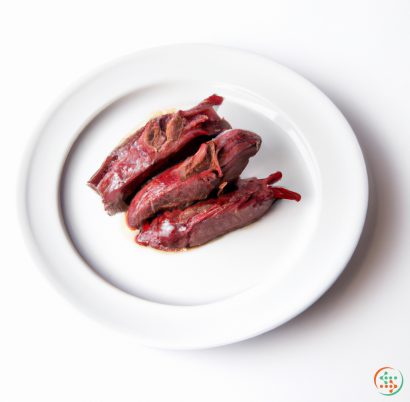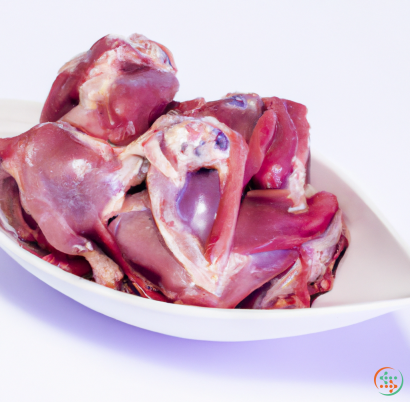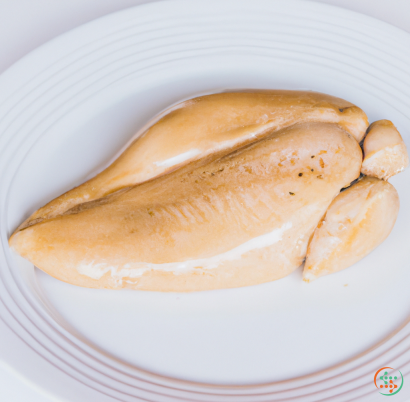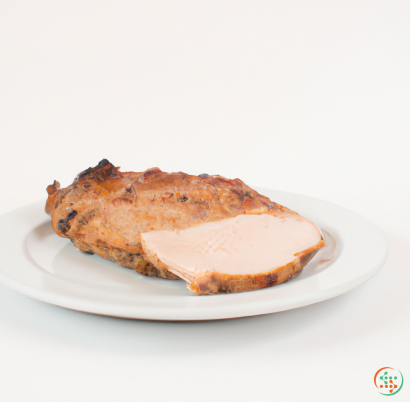Whiting
A Whiting is a fish from the cod family that has been a popular choice for anglers and commercial fishermen alike. In the US and Canada, it is known as a "haddock" or "white hake". This species of fish is commonly found in the North Atlantic and Arctic Oceans, where it is characterized by its long slender body and silver-white scales. It is a popular fish for anglers and even commercial fisheries due to its nice white flesh and mild, sweet taste.
The most common name for a Whiting is the Silver Hake, while another common name is European hake. Regardless of the name, the fish is more or less the same species and belongs to the family of codfish. While there are many names for this species, the name ‘Whiting’ is most commonly used as it was once referred to as ‘Sea Whiting’ due to its silvery hue.
Whiting fish can reach up to three feet in length, but typically range between 12 and 16 inches. They are known for their silver white scales and slender body, which make them look like a larger version of the Atlantic Cod. Like most codfish, the Whiting has two dorsal fins. The dorsal fins are close together, with the first fin being somewhat larger than the second. The fish also has an anal fin and a caudal fin as well.
Whiting is commonly caught using bottom trawling nets and other methods. Due to its close resemblance to the Atlantic Cod, some commercial fishing operations target both species due to their inability to differentiate between the two. This can cause both species to be overfished. Additionally, they are collected as bycatch in other fisheries such as those targeting lobster and crab. Due to their high demand and the use of unsustainable fishing practices, the species is now considered by many to be severely overexploited.
Whiting is a very versatile fish and can be used in a variety of dishes. It is one of the most popular fish to be used in fish and chips due to its flavor and texture. It can also be grilled, baked, fried, steamed, or poached. The fish’s white flesh, which is quite delicate and flaky, is best eaten when cooked for a short amount of time.
Whiting is a very healthy choice for eating. It contains essential vitamins such as A and D, as well as a high amount of selenium and healthy fatty acids. Whiting is also an excellent source of lean protein, providing about 20 grams per serving. As a result, it is a great choice for those watching their weight or looking to increase their protein levels.
In conclusion, the Whiting is a popular and versatile fish that can be used for both recreational fishing and commercial purposes. Despite being overfished and facing environmental issues, it is still considered a sustainable alternative to other fish species. It is also a nutritious and tasty choice and can be cooked in a number of ways.
The Journey of the Whiting from Ocean to Plate
The species of fish known as whiting have become a popular choice for seafood lovers in recent years. The availability of whiting has increased as wild-caught fisheries are supplemented by aquaculture-based production. However, the journey these fish take from their watery homes to our dinner plates is an intricate process that involves multiple stages. This blog post will examine the lifecycle and supply chain of whiting from the moment they are harvested from the ocean to the point at which they are served to consumers.
Whiting Spawning & Development
Whiting are a type of small, slimy fish that belong to the family of Gadidae, which includes cod, haddock, hake, and other related species. Whiting are found in a variety of habitats throughout the world, but they are most commonly found in temperate and boreal waters. Whiting typically spawn in the spring and summer months when water temperatures reach their peak, with egg production taking place in large groups that can reach up to millions of eggs per species. It generally takes 12 to 18 months for a baby whiting to reach its full maturity, with sexual maturity taking place between 1 and 2 years of age.
Whiting Harvesting
In order to meet its dietary demands, commercial whiting fisheries employ a variety of harvesting methods to collect the fish from the sea. These methods include trawling operations, purse-seine nets, Danish seines, and other gear similar to that used by inshore fishermen. Trawling involves dragging fishing nets through the water column, often with a series of large hoops attached to the net in order to create a circular opening where fish can be collected. Purse-seine nets work in much the same way, but feature a rope at the bottom that can be pulled tight in order to easily round up the trapped fish, while Danish seines are more specialized gear that are towed along the ocean floor, allowing trawlers to collect bottom dwelling species such as whiting.
Beside using the net, fishing vessels have employed a variety of fishing rods or lines to actually catch the fish. A fishing rod works by allowing the angler to cast a line, which then enters the water and presents a bait or lure to a potential target. On the other end of the line is a reel, which helps to bring the fight to a successful conclusion once a fish has been hooked. Fishing lines are generally made from nylon and feature a swivel on one end that enables the line to be released if needed.
Harvesting of whiting is mainly conducted by commercial vessels, with many vessels harvesting thousands of whiting during a single trip. Whiting are usually harvested in open ocean areas and so there are various gear limitations and regulations imposed in order to ensure sustainability of the species. To reduce the impact on other species, vessels may use sophisticated electronic sensors to detect schools of whiting and guide their trawls. Modern commercial whiting vessels are also equipped with GPS tracking devices, allowing operators to remotely view the exact location of the trawl and the size of the harvest. Furthermore, cameras have been installed in some whiting vessels to ensure compliance with regulations.
Whiting Processing & Packaging
Once the whiting have been harvested, they are usually sorted into different size grades and washed in chilled seawater before being processed on board the vessel. Processing typically involves gutting, portioning, and filleting the fish, as well as removing the head and tail from the fillets. The processed whiting are then frozen on board in order to preserve the grade, which helps to ensure a consistent product for consumers.
Once the fish is safely frozen, it can be offloaded to shore and sent to a whiting packaging facility. Here, the frozen, processed fillets are individually wrapped in airtight plastic bags and packed into boxes or boxes lined with wax paper. The boxes are labelled with the species name, lot size, and other quality and nutritional information so that consumers can rest assured knowing they are buying sustainable, high-grade product.
Whiting Distribution & Consumption
Once the whiting have been processed and packaged, they can then be distributed to grocery stores, restaurants, and seafood markets around the world. Transportation typically involves shipping the product via refrigerated trucks or planes to ensure its freshness upon arrival.
Once the whiting have reached their destination, they can be cooked and served in a variety of ways. The fillets can be poached, fried, sautéed, grilled, steamed, or smoked, although the most popular methods for cooking whiting are pan-frying and oven-baking. The cooked fillets can then be used in a variety of dishes, such as pasta, salads, tacos, fish sandwiches, and more.
Conclusion
Whiting are an increasingly popular choice for seafood lovers due to their delicious taste and high nutritional value. While the journey that whiting take from the ocean to our plates has become simpler with modern advances in harvesting and processing techniques, the underlying processes involved remain intricate and complex. From spawning and development to harvesting, packaging, and transportation, whiting are subject to a variety of steps that are essential to ensure a safe and sustainable product for everyone to enjoy.
| Vitamin A | 0.038 mg | |
| Vitamin D | 0.0018 mg | |
| Vitamin D3 | 0.0018 mg | |
| Vitamin E | 0.38 mg | |
| Vitamin K | 0.1 ug | |
| Vitamin B1 | 0.07 mg | |
| Vitamin B2 | 0.06 mg | |
| Vitamin B3 | 0.00167 grams | |
| Vitamin B4 | 0.0833 grams | |
| Vitamin B5 | 0.25 mg | |
| Vitamin B6 | 0.18 mg | |
| Vitamin B9 | 0.015 mg | |
| Vitamin B12 | 0.0026 mg |
| Calcium | 0.062 grams |
Daily Value 1.3 g
|
| Iron | 0.42 mg |
Daily Value 0.018 g
|
| Magnesium | 0.027 grams |
Daily Value 0.4 g
|
| Phosphorus | 0.285 grams |
Daily Value 1.25 g
|
| Potassium | 0.434 grams |
Daily Value 4.7 g
|
| Sodium | 0.132 grams |
Daily Value 2.3 g
|
| Zinc | 0.53 mg |
Daily Value 0.011 g
|
| Copper | 0.04 mg |
Daily Value 0.9 mg
|
| Manganese | 0.13 mg |
Daily Value 0.0023 g
|
| Selenium | 0.0411 mg |
Daily Value 0.055 mg
|
| Tryptophan | 0.263 grams | |
| Threonine | 1.029 grams | |
| Isoleucine | 1.082 grams | |
| Leucine | 1.908 grams | |
| Lysine | 2.156 grams | |
| Methionine | 0.695 grams | |
| Cystine | 0.252 grams | |
| Phenylalanine | 0.917 grams | |
| Tyrosine | 0.793 grams | |
| Valine | 1.21 grams | |
| Arginine | 1.405 grams | |
| Histidine | 0.691 grams | |
| Alanine | 1.42 grams | |
| Aspartic Acid | 2.404 grams | |
| Glutamic Acid | 3.505 grams | |
| Glycine | 1.127 grams | |
| Proline | 0.83 grams | |
| Serine | 0.958 grams |
| Total Sugars | 0 ug |
per 100g
|
| Myristic acid (14:0) | 0.07 grams |
|
| Palmitic acid (16:0) | 0.29 grams |
|
| Stearic acid (18:0) | 0.05 grams |
|
| Total Saturated fatty acids: | 0.41 g | |
| Erucic acid (22:1) | 0.02 grams |
|
| Oleic acid (18:1) | 0.28 grams |
|
| Palmitoleic acid (16:1) | 0.12 grams |
|
| Gadoleic acid (20:1) | 0.03 grams |
|
| Total Monounsaturated fatty acids: | 0.45 g | |
| Omega-3 Timnodonic acid (20:5) | 0.28 grams |
|
| Omega-3 Clupanodonic acid (22:5) | 0.02 grams |
|
| Linolenic acid (18:3) | 0.01 grams |
|
| Linoleic acid (18:2) | 0.02 grams |
|
| Total Polyunsaturated fatty acids: | 0.33 g | |
| Cholesterol | 0.08 grams |
|
| Total Sterols: | 0.08 g | |
